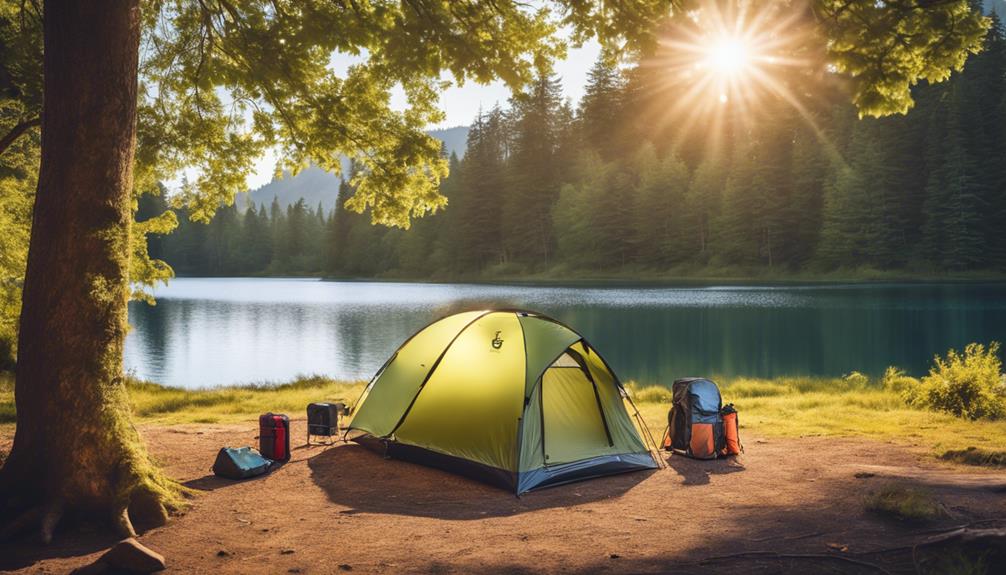
In the age of sustainable living, more RV enthusiasts are turning to solar power to enhance their adventures. The keyword phrase “solar panel RV” encapsulates a growing trend among those seeking to maintain a greener lifestyle while enjoying the freedom of the open road. In this comprehensive guide, we will explore everything you need to know about solar panels for RVs, from benefits and installation to maintenance and cost considerations.
Understanding Solar Panel RV Systems
Solar panel RV systems are designed to convert sunlight into electricity, providing a renewable source of energy for your recreational vehicle. These systems typically consist of solar panels, a charge controller, batteries, and an inverter. Solar panels capture sunlight and convert it into direct current (DC) electricity. The charge controller regulates the power going into the batteries, which store energy for later use. Finally, the inverter converts the stored DC power into alternating current (AC) power, which is what most RV appliances require. Understanding the components of a solar panel RV system is essential for any RV owner looking to adopt this clean energy source.
Benefits of Using Solar Panels in Your RV
Installing a solar panel RV system offers numerous benefits. First and foremost, it provides you with a reliable power source that allows you to camp off-grid without relying on traditional generators or shore power. This freedom means you can explore remote locations without sacrificing comfort. Additionally, solar power reduces your carbon footprint, contributing to a more sustainable lifestyle. You’ll save money on fuel and campsite fees in the long run, as solar energy is free once you’ve made the initial investment. Furthermore, solar panels can increase the resale value of your RV, making it a wise investment for the future.
Choosing the Right Solar Panel for Your RV
When selecting solar panels for your RV, it’s vital to consider several factors to ensure you get the best fit for your needs. Start by determining your energy consumption. List the appliances and devices you plan to power, noting their wattage and estimated usage time. This information will help you calculate the total power requirements. Next, consider the type of solar panels available. Monocrystalline panels are more efficient and space-saving but tend to be pricier, while polycrystalline panels are more budget-friendly but require more space. Additionally, you can explore portable solar panels, which offer flexibility for various camping situations.
Calculating the Power Needs of Your Solar Panel RV Setup
To efficiently set up your solar panel RV system, you’ll need to accurately calculate your power needs. Start by estimating your daily energy consumption in watt-hours. For example, if you plan to use a 100-watt light bulb for 5 hours a day, that’s 500 watt-hours. Add up the watt-hours for all devices you plan to use, including your refrigerator, laptop, and any other electronics. Once you have your total, you can choose the appropriate number of solar panels and batteries to meet this demand. Remember to factor in inefficiencies (around 20% is a good estimate) and seasonal variations in sunlight.
Installation Tips for Solar Panels on Your RV
Installing solar panels on your RV may seem daunting, but with the right tools and knowledge, it can be a straightforward process. Begin by choosing a suitable location on your roof that receives maximum sunlight exposure throughout the day. Clean the surface thoroughly and ensure that it is free from any obstructions. Use high-quality mounting brackets to secure the panels, ensuring they are angled correctly for optimal sunlight capture. Next, connect the wiring to the charge controller and batteries, following the manufacturer’s instructions. If you’re uncomfortable with electrical work, consider hiring a professional to ensure everything is installed safely and effectively.
Maintaining Your Solar Panel RV System
Maintaining your solar panel RV system is essential for ensuring its longevity and efficiency. Regularly clean your solar panels to remove dirt, dust, and debris that can block sunlight. This is especially important if you frequently camp in dusty or sandy areas. Check the connections and wiring periodically to ensure there are no loose or corroded parts. Additionally, monitor the battery health by checking the water levels in lead-acid batteries or using a battery monitor for lithium systems. Proper maintenance will help you get the most out of your solar panel RV setup, maximizing your energy efficiency during your travels.
Cost Considerations for Solar Panel RV Systems
Investing in a solar panel RV system can vary significantly in cost, depending on the components you choose and the size of your setup. On average, a basic solar panel kit can range from $1,000 to $3,000, including panels, a charge controller, batteries, and installation costs. While this initial investment may seem steep, consider the long-term savings on fuel and campground fees, as well as the potential increase in your RV’s resale value. Additionally, tax incentives and rebates for solar energy systems can further offset costs, making solar power a financially viable option for many RV enthusiasts.
Conclusion: Embrace the Freedom of Solar Power in Your RV
Adopting a solar panel RV system allows you to embrace a sustainable lifestyle while enjoying the freedom of the open road. With the ability to camp off-grid, save money, and reduce your carbon footprint, solar power is an attractive option for modern RVers. As you embark on your journey to incorporate solar energy into your RV, remember to educate yourself on the components, benefits, installation, and maintenance of your system. By doing so, you will ensure that your adventures are powered by clean, renewable energy, allowing you to explore the great outdoors with confidence and peace of mind.





